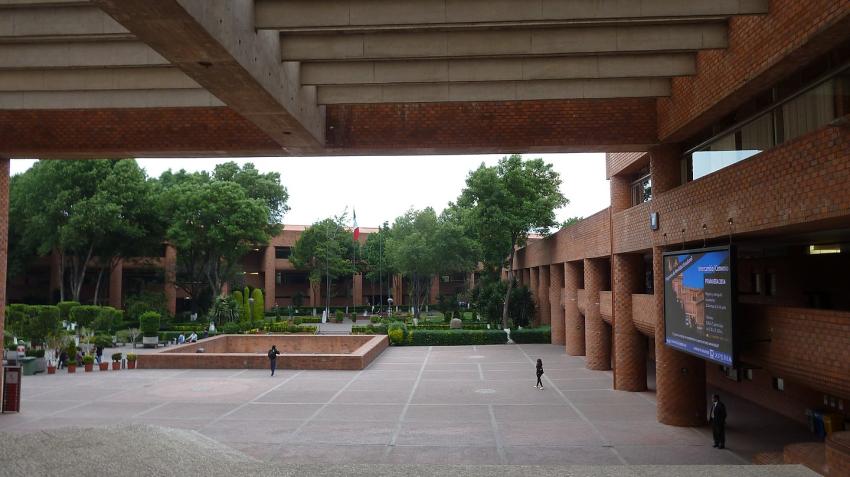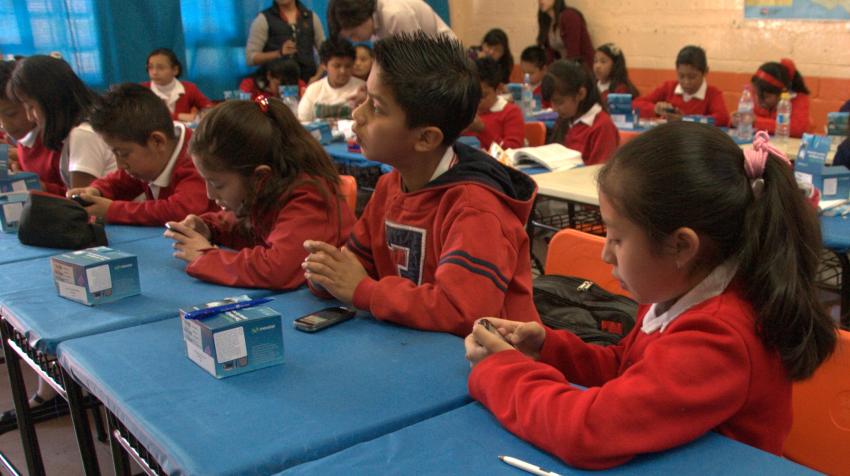22 January 2020
Introduction
Inequity is perhaps the most serious problem in education worldwide. It has multiple causes, and its consequences include differences in access to schooling, retention and, more importantly, learning. Globally, these differences correlate with the level of development of various countries and regions. In individual States, access to school is tied to, among other things, students' overall well-being, their social origins and cultural backgrounds, the language their families speak, whether or not they work outside of the home and, in some countries, their sex. Although the world has made progress in both absolute and relative numbers of enrolled students, the differences between the richest and the poorest, as well as those living in rural and urban areas, have not diminished.1
These correlations do not occur naturally. They are the result of the lack of policies that consider equity in education as a principal vehicle for achieving more just societies. The pandemic has exacerbated these differences mainly due to the fact that technology, which is the means of access to distance schooling, presents one more layer of inequality, among many others.
The dimension of educational inequity
Around the world, 258 million, or 17 per cent of the world’s children, adolescents and youth, are out of school. The proportion is much larger in developing countries: 31 per cent in sub-Saharan Africa and 21 per cent in Central Asia, vs. 3 per cent in Europe and North America.2 Learning, which is the purpose of schooling, fares even worse. For example, it would take 15-year-old Brazilian students 75 years, at their current rate of improvement, to reach wealthier countries’ average scores in math, and more than 260 years in reading.3 Within countries, learning results, as measured through standardized tests, are almost always much lower for those living in poverty. In Mexico, for example, 80 per cent of indigenous children at the end of primary school don’t achieve basic levels in reading and math, scoring far below the average for primary school students.4
The causes of educational inequity
There are many explanations for educational inequity. In my view, the most important ones are the following:
- Equity and equality are not the same thing. Equality means providing the same resources to everyone. Equity signifies giving more to those most in need. Countries with greater inequity in education results are also those in which governments distribute resources according to the political pressure they experience in providing education. Such pressures come from families in which the parents attended school, that reside in urban areas, belong to cultural majorities and who have a clear appreciation of the benefits of education. Much less pressure comes from rural areas and indigenous populations, or from impoverished urban areas. In these countries, fewer resources, including infrastructure, equipment, teachers, supervision and funding, are allocated to the disadvantaged, the poor and cultural minorities.
- Teachers are key agents for learning. Their training is crucial. When insufficient priority is given to either initial or in-service teacher training, or to both, one can expect learning deficits. Teachers in poorer areas tend to have less training and to receive less in-service support.
- Most countries are very diverse. When a curriculum is overloaded and is the same for everyone, some students, generally those from rural areas, cultural minorities or living in poverty find little meaning in what is taught. When the language of instruction is different from their native tongue, students learn much less and drop out of school earlier.
- Disadvantaged students frequently encounter unfriendly or overtly offensive attitudes from both teachers and classmates. Such attitudes are derived from prejudices, stereotypes, outright racism and sexism. Students in hostile environments are affected in their disposition to learn, and many drop out early.

It doesn’t have to be like this
When left to inertial decision-making, education systems seem to be doomed to reproduce social and economic inequity. The commitment of both governments and societies to equity in education is both necessary and possible. There are several examples of more equitable educational systems in the world, and there are many subnational examples of successful policies fostering equity in education.
Why is equity in education important?
Education is a basic human right. More than that, it is an enabling right in the sense that, when respected, allows for the fulfillment of other human rights. Education has proven to affect general well-being, productivity, social capital, responsible citizenship and sustainable behaviour. Its equitable distribution allows for the creation of permeable societies and equity. The 2030 Agenda for Sustainable Development includes Sustainable Development Goal 4, which aims to ensure “inclusive and equitable quality education and promote lifelong learning opportunities for all”. One hundred eighty-four countries are committed to achieving this goal over the next decade.5 The process of walking this road together has begun and requires impetus to continue, especially now that we must face the devastating consequences of a long-lasting pandemic. Further progress is crucial for humanity.
Notes
1United Nations Educational, Scientific and Cultural Organization, Inclusive Education. All Means All, Global Education Monitoring Report 2020 (Paris, 2020), p.8. Available at https://en.unesco.org/gem-report/report/2020/inclusion.
2Ibid., p. 4, 7.
3World Bank Group, World Development Report 2018: Learning to Realize Education's Promise (Washington, DC, 2018), p. 3. Available at https://www.worldbank.org/en/publication/wdr2018.
4Instituto Nacional para la Evaluación de la Educación, "La educación obligatoria en México", Informe 2018 (Ciudad de México, 2018), p. 72. Available online at https://www.inee.edu.mx/wp-content/uploads/2018/12/P1I243.pdf.
5United Nations Educational, Scientific and Cultural Organization, “Incheon Declaration and Framework for Action for the implementation of Sustainable Development Goal 4” (2015), p. 23. Available at https://iite.unesco.org/publications/education-2030-incheon-declaration-framework-action-towards-inclusive-equitable-quality-education-lifelong-learning/
The UN Chronicle is not an official record. It is privileged to host senior United Nations officials as well as distinguished contributors from outside the United Nations system whose views are not necessarily those of the United Nations. Similarly, the boundaries and names shown, and the designations used, in maps or articles do not necessarily imply endorsement or acceptance by the United Nations.




